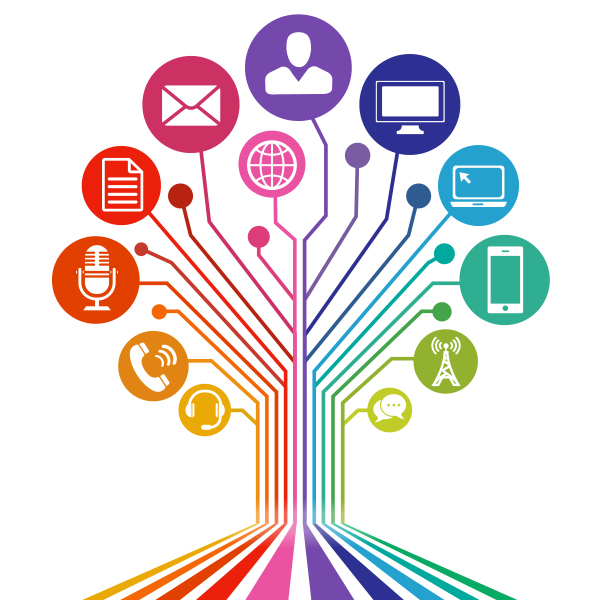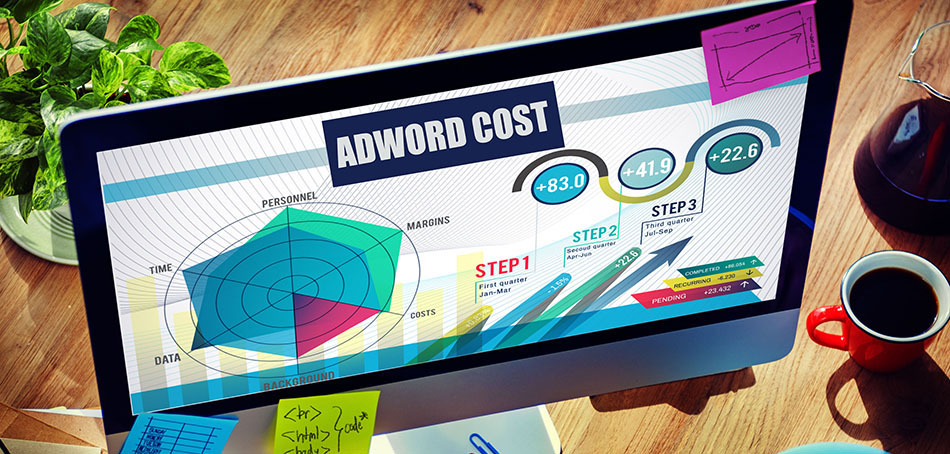Cross-Channel Distribution, Making Your Marketing Dollars Work For You
Click, click, click, tap, tap, tap. Those are the sounds that digital marketers love to hear. And do you know why? Well, it’s because when they are translated from the marketing vernacular to business lingo, what is really being heard is cha-ching, cha-ching, cha-ChingaRoo!!! This translation process is what we marketers like to call a conversion funnel.
So, just what is cross-channel attribution?
Simple, it’s science! Not the science that we all like to hear from Bill Nye, but it is a science. Data science to be precise. So what separates this science from the thermodynamic, nucleic acid, rocket propulsion reactions Bill Nye explores you might ask. Well, it’s exactly the same except without the chemicals, rockets, and the equipment, and…yea ok, let’s be real it’s not EXACTLY the same.
The science of cross-channel attribution involves the use of advanced analytics to determine which touch point of the marketing machine is doing the most work.
In other words, which marketing device gets the credit for causing the customer to buy the product? This may seem like something that is relatively straightforward. But in fact, the further you look into the issue, the more complicated it becomes.
For example, let’s say you are running a Facebook ad, an email campaign, and a YouTube promo video all at the same time. How do you know which of these sources caused the customer to feel that their life just wasn’t complete without your product? Well, several models are used to help marketers make every single cent of a client’s dollars count. Let’s explore three of the most popular models, shall we?
Single Source Attribution
Each of the three models has their own user identity. The most common model around is Single Source Attribution, which is generally what a non-technical user looks to in order to figure out what is doing the work in their marketing machine. This model gives total credit for the attribution to a single touchpoint.
To make this easier to understand, we will use an analogy. Let’s pretend you are on your way across the country from California to Florida. You will first have to take a taxi from your house to the airport. Then, you will have to take a plane from California to Georgia. Finally, you will have to take a train from Georgia to Florida.
If we are using a Single Source Attribution model, we will say that it is just the taxi, the plane, or the train alone that got you to Florida. But we both know that you had to take a combination of these transports. So, this model doesn’t really help us understand who deserves the credit, or perhaps the most credit, for getting you to Florida.
First Click and Last Click Attribution
There are two specific models that are defined under this Single Source Attribution model. We call them First Click and Last Click Attribution. First Click Attribution gives the conversion credit to the source which the consumer came into contact with first. This would be like saying the taxi alone is what got you to Florida. The second model is simply the inverse of this, Last Click Attribution. This model gives credit to the last touchpoint for the consumer. In our example, this would be the same as saying the train is what did all the work of getting you to Florida. While both models give us an idea of how we got to Florida, conversion, they don’t talk about our whole journey.
Linear Attribution model
A second way of attributing credit for conversions is called the Linear Attribution model. This model says that each mode of transport played an equal role in getting you to Florida. So, if we divided up the credit equally, we would say that the taxi did 33.33% of the work to get you to Florida, the plane did 33.33% of the work, and the train did 33.33% of the work to get you there. Now if taxis, planes, and trains could talk, I’m sure that they would not all express the same feelings about the amount of work they did. The plane and train would probably feel cheated or overworked and under paid.
Now it’s time to bring in Bill Nye, our marketing scientist. His scientific process is called Algorithmic, or Probabilistic Attribution. Sounds long and complicated right? RIGHT! Using automated computations or industry proprietary algorithms, we are able to assign the credit for every step in the sales process.
Now we look at all the tools from placement and position, and determine how they enter the channel flow. Keyword functions, every step, and non-step (Non-Step = driving a customer away from of the obvious at a particular time in the sale to add another unique touch point, then has them come back to the sale process completing the sale. These are part of the hidden correlations and, for the professional, a unique insight). We have to get very granular to point out each identifier and how they are grouped to motivate a buyer to click the Cha-Ching button.
We will know from the first moment of contact to the final buy what happened. In this way, we can develop future processes that use tools that have proven successes.
Wrapping up
So you understood all that right? Good, we knew you would. But, just to make it easier for you to explain to your less adept colleagues, Algorithmic Attribution uses computing algorithms to mathematically assign more or less credit to the different touchpoints. Beep, beep, boop, bop, DING! Our computer tells us that, going back to our travel example, we should give the most credit to the plane since it took us the farthest, the second most credit to the train since it chugged a fair distance, and the least credit to the taxi since we only drove ten minutes up the road.
Attribution modeling is very useful when it comes to economizing your dollars. When you hand your budget over to the marketing experts, they make sure not to spend all of your money on one mode of transport. They also know not to pay an equal fair to each mode. When all is said and done, your marketing scientists will ensure that just the right amount is spent on each part of your journey so that you arrive in Florida ready to enjoy the sunshine!



